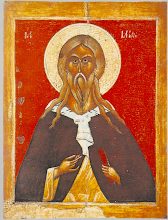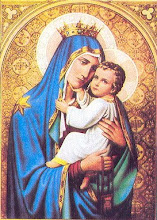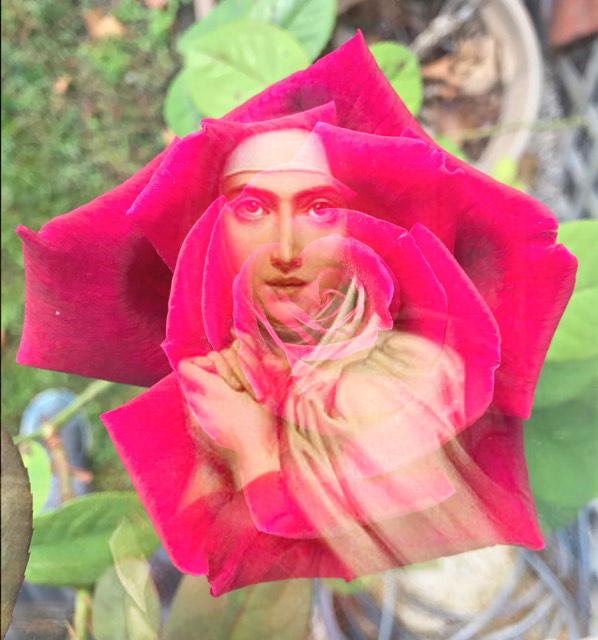
O Orient! Splendor of eternal light, and the Sun of justice! come and enlighten them that sit in darkness and in the shadow of death.
There is no need to be afraid, in five more days Our Lord will come to us. (Benedictus Antiphon for December 21)
Fr. Mark explains the reason why the Mass was traditionally said facing east, ad orientem.
Oriens: the word is familiar because every morning the Church sings: “Per viscera misericordiae Dei nostri — literally, through the inmost heart, the secret places of the mercy of our God — in quibus visitavit nos Oriens ex alto — in which the Orient from on high has visited us” (Lk 1:79). Oriens was the name of the ancient Roman sun god, the source of warmth, energy, and light. At the same time, Oriens means the rising sun, the victory of light over the shadows of the night. From the earliest times, Christians at prayer have turned towards the East. Christ is the Dayspring, the rising sun who dawns upon us from high “to give light to those in darkness and in the shadow of death” (Luke 1:9). The eastward orientation of churches and altars is a way of expressing the great cry of every Eucharist: “Let our hearts be lifted high. We hold them towards the Lord.”
When, in the celebration of the liturgy, the priest faces the “liturgical east,” he is “guiding the people in pilgrimage towards the Kingdom” and with them, keeping watch for the return of the Lord. “This Jesus, who was taken up from you into heaven, will come in the same way as you saw him go into heaven” (Acts 1:11). Pope Benedict XVI has reminded us that a powerful witness is given in the prayer of a priest and people who stand together facing eastward and giving voice to the same hope. “The Spirit and the Bride say, ‘Come.’ And let him who hears say, ‘Come’” (Revelation 22:17). (Read more.)




















No comments:
Post a Comment